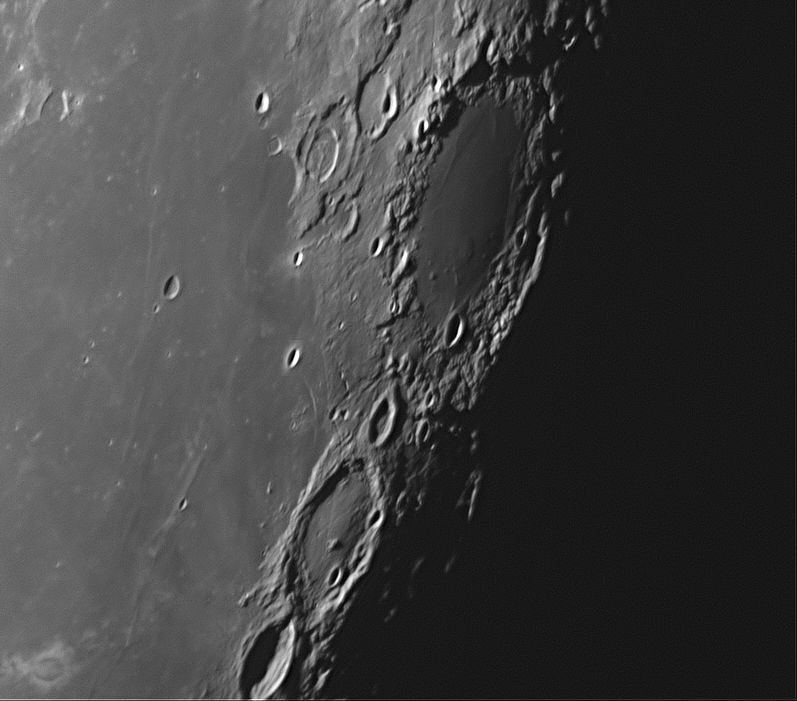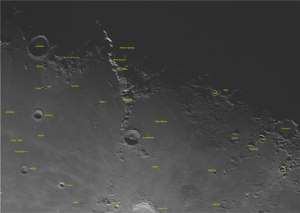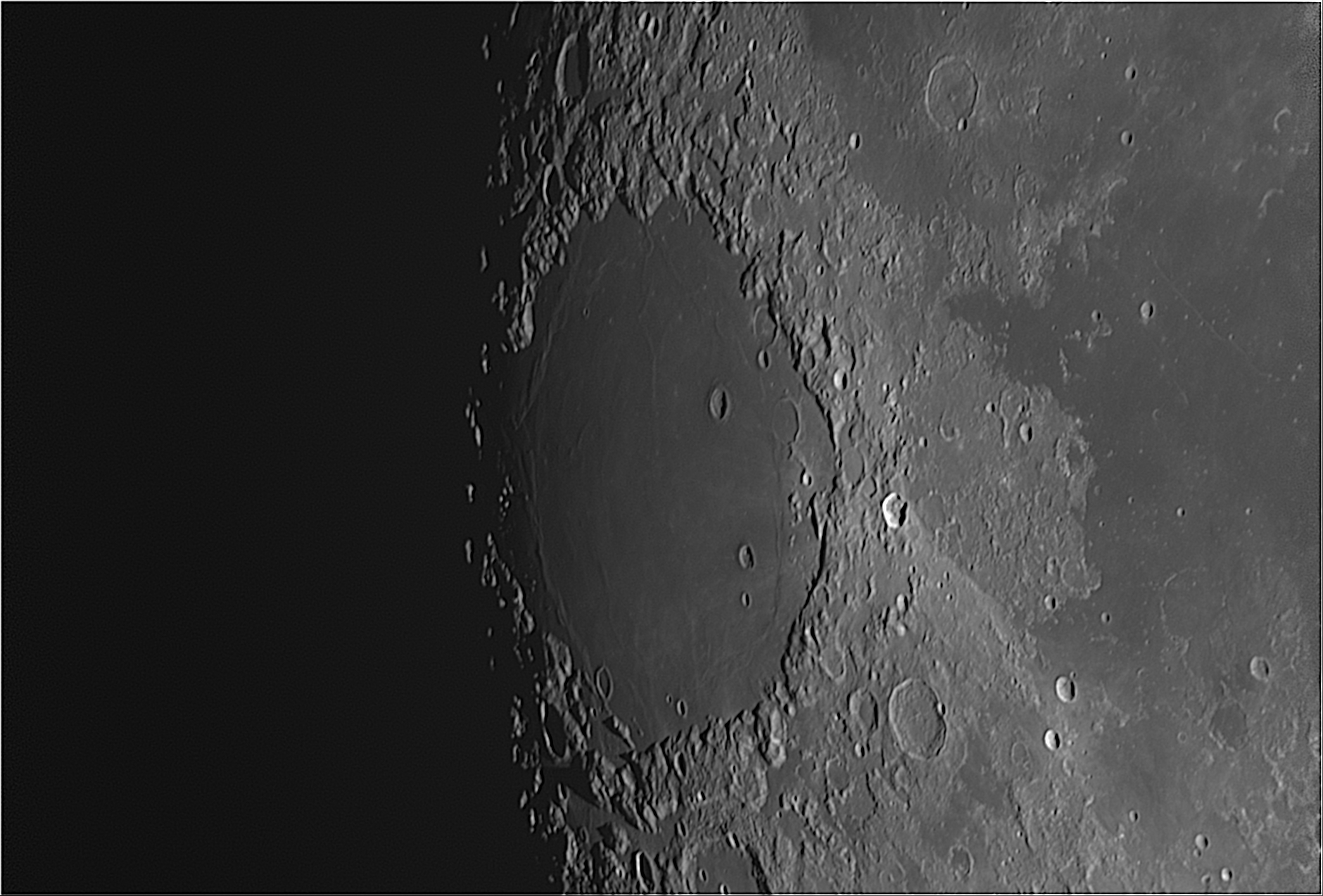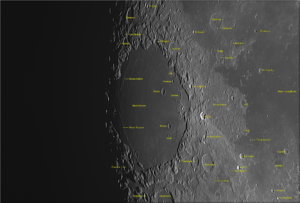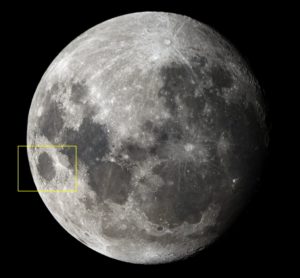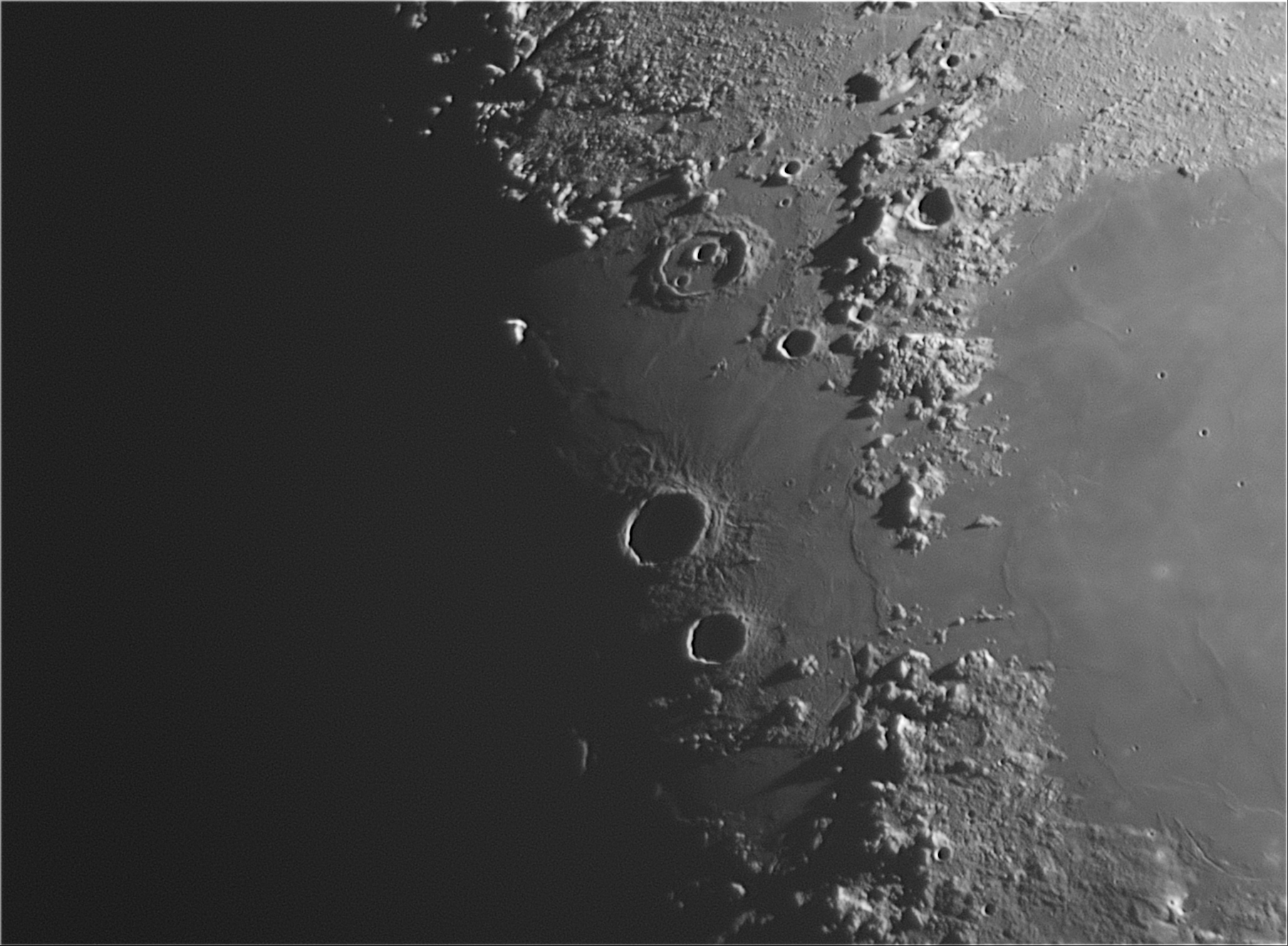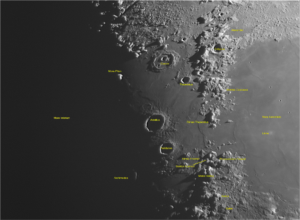There will be several visible events this coming week. Two for everyone and a couple more for those of you on the Florida panhandle.
We have two excellent ISS passes this week for those of you in the panhandle. The first will be on the evening of the 12th. The station will clear the horizon at 18:09, travel from the NW to the SE but drop into the Earth’s shadow high overhead about 18:15. Watch for it to redden as the station experiences sunset.
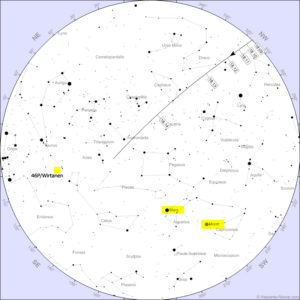
The second ISS pass will be on the evening of the 15th. The station will clear the horizon an hour earlier at 17:09, once again travel from the NW to the SE and drop below the horizon at 17:19. Notice how close the ISS will come to the Moon. In fact, for some of you in a very narrow path, the ISS will cross the face of the Moon (a transit).
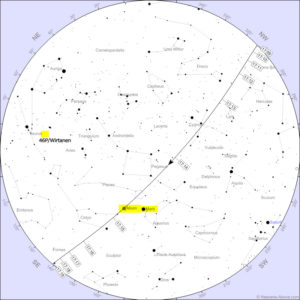
|
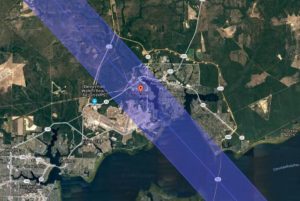
|
For everyone else the items of interest are the comet 46P/Wirtanen and the Geminid meteor shower. Comet 46P/Wirtanen is a periodic comet (hence the P in the name) that orbits the Sun every 5.4 years. This time the 3/4 mile wide comet will close to within 7.1 million miles of the Earth on the 16th. That’s roughly 30 times the distance to the Moon. I have annotated the location of the comet on each of the ISS charts, however, it will be much easier to see later in the evening as it gets higher in the sky. It will be highest at 21:50 on the 12th and at 22:02PM on the 15th. Notice how much it will move between the 12th and the 15th. It has been reported to be naked eye visible now but you will still need a dark clear sky to see it. Binoculars will make it a bit easier. It will look like a faint fuzzy ball. Photo’s just barely show a tail so I don’t expect to see one visually.
You won’t need binoculars to see the denizens of the Geminid meteor shower. The shower is already underway but predicted to peak around 04:00 (CST) on the morning of the 14th. As usual for meteor showers, a dark clear sky is needed. Just find an area with as much clear horizon as you can, get comfortable (read warm clothing) and look up. The meteors can appear anywhere in the sky. Right now the shower’s radiant clears the horizon about 18:30 PM and is high overhead by 02:15. The darker the sky and the higher the radiant, the better your chances will be to see some of the meteors.
